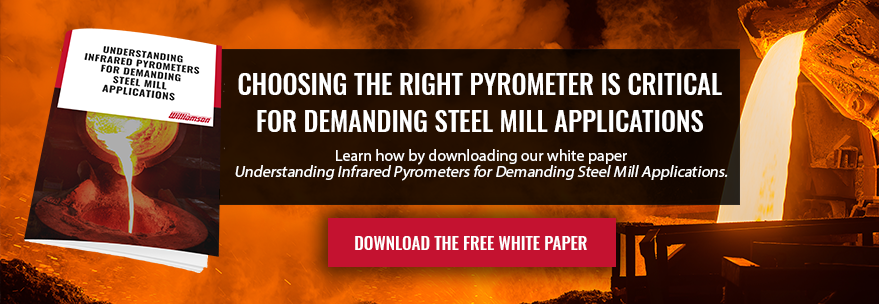
Upgrading industrial equipment is an investment in the future, but it is a capital expense that is challenging for most companies. It’s a balancing act: you don’t want to spend all your money on new equipment if your old equipment is getting the job done, but you don’t want to be left in the dust as other manufacturers make big upgrades. So when is it time to upgrade industrial equipment? The question demands careful consideration.
When is it Time to Upgrade Industrial Equipment?
Before you decide whether or not to upgrade your equipment, you need to complete a thorough assessment of the condition and likely lifespan of your equipment. It is critical that you evaluate all equipment and temperature sensors during this process.
Once this is complete, you can make educated decisions; it may make more sense to upgrade specific machines before the rest of the line. Careful planning and a program of partial upgrades can spread out the cost while still addressing the most urgent areas of concern.
This is where it pays to operate on a program of predictive maintenance. If you wait until your equipment fails beyond repair, you’ve waited too long. This results in costly (and frustrating) unplanned downtime. When you’re operating predictively, you have a better understanding of your equipment and you’re more able to plan ahead. If you know that certain equipment isn’t going to last much longer, it will pay off, in the long run, to replace it before it causes big problems.
In addition to avoiding this downtime, there are many significant advantages to upgrading your equipment: better performance, better support, and fewer repairs, entering new markets, and more!
Optimization and Efficiency
Productivity increases inversely in proportion to downtime, which means that to maximize output, you must minimize time lost to stoppages and breakdowns. A suitable investment in new equipment makes it possible to deliver higher quality products while creating less waste.
Modern engineering and manufacturing environments have additional considerations to address. Upgrading equipment may improve safety and facilitate process automation, which reduces labor costs.
Ultimately, modern industrial equipment is more energy efficient and performs processes more rapidly, which means higher returns on investment for your resources.
Support and Repairs
There is a broad range of concerns that you cannot avoid if your equipment is approaching the end of its lifespan. Older machinery tends to require significantly more maintenance. It is likely to break more often, and you have to make allowances for routine repairs and stoppages for calibration.
Relying on older equipment sometimes means that the manufacturer may no longer support it. Your equipment operators and maintenance teams may not have access to support and documentation may be difficult to find, especially if the OEM has gone out of business. OEMs provide the highest levels of support for newer machinery. Customer support, training, and information resources are likely to be available to optimize operations and troubleshoot any issues that do arise.
Additionally, OEMs keep inventories of replacement parts in stock for more recent products, which they can send out quickly to minimize your downtime, which is preferable to the hassle of hunting for aftermarket replacement parts for obsolete equipment.
Entering New Markets
Building a customer base in new markets requires developing new products with the highest possible quality and technical specifications. One of the primary failings of older manufacturing equipment is that it cannot consistently deliver products at the high standards and fine tolerances demanded by today’s markets.
Your competitors are pushing ahead to pursue the same opportunities—upgrading your equipment will give you an advantage. If your manufacturing operation is to remain competitive, it needs the enhanced productivity and efficiency of the most modern and intelligent industrial equipment.
Taking the First Steps
When is it time to upgrade industrial equipment? While the answer will be different for every manufacturer, upgrading equipment will improve your process efficiency and will help you deliver the highest quality products to your customer base. A program of improvement and replacement for equipment and sensors can significantly reduce downtime and provide timely insights into your operating conditions.
The first step in planning the renewal of your industrial equipment is to analyze and assess your current capabilities. There is no better way to make the justification for upgrading than to establish the costs and limitations of your current processes. Once you know where your operation stands, you will be better able to determine your budget and calculate the ROI that will come from the upgrades you choose.
Looking to make some upgrades to your steel mill equipment? Williamson offers pyrometers for every stage of the steel mill. Want to learn more? Download our Steel Overview Guide to learn more about temperature measurement technology throughout the steel mill.

